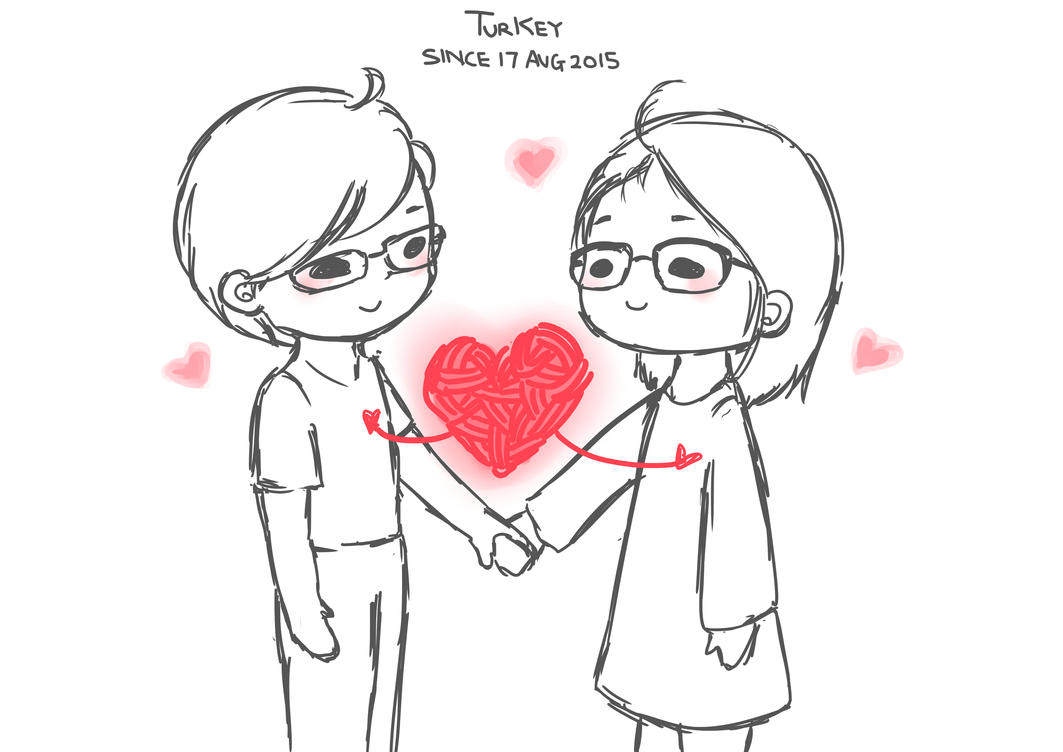3 Things You Didn't Know About Working in Malaysian Race Tracks
- August 10, 2019
- By Tatoru Yuki
- 0 Comments
Working in the race tracks is no easy feat – it’s a unique experience to be in the stands watching cars speed by, and a different one altogether when you’re there as a driver or as a pit stop crew.
Monkey works in the pit stops and helps with scrutinizing the vehicles pre-race. After visiting Elite Plus Speedway Circuit, MIMC Track and Sepang International circuit with him, I asked him to share his experience with me. This is what he has to say.
Sepang International Circuit is Ranked Among the Most Difficult Race Tracks in the World
It’s for a reason that we are all familiar with – the weather. It could be sunny when you’re preparing for the race, and drizzling 20 minutes later during the race.The race track could be wet from the rain in one area and dry in the rest.
The drivers’ skills are tested to their limits.
They have to navigate the tracks with changing conditions around the corners. Most tires are better-suited either for dry or wet roads only.
Every choice and technique matters.
Road Surface Temperatures Can Go Up to 60°C
Photo by Pexels
The Sepang International Circuit has no trees around the track. There’s barely any wind, making the tracks hot even on normal days.
Vehicle interiors are stripped down to the bare minimum – just the driver’s seat, no air-conditioning. Passenger seats are often removed to make the vehicle lighter.
Drivers must wear a helmet on the tracks. Some also wears a thick and stuffy racing suit for protection.
As race after race goes on, the tracks grow hotter from tire friction, reaching high temperatures. The interior of vehicles heats up with the engine’s workings and exhaust gas from surrounding cars.
Imagine being covered from top to bottom while you’re parked in a hot parking lot with no air-conditioning and windows up – the thought itself is uncomfortable, isn’t it?
That’s how the drivers feel, but they need to stay focused on the road and vehicles around them while bearing the uncomfortable sensations.
Some drivers will have a pipe that directs air into their car through the window, while others will have an ice box where the passenger seat should be, just so that they do not suffer from a heat stroke.
Drivers who completed their race would exit the car with a soaking shirt, wet hair, and skin red like a cooked lobster.
There’s Barely Any Rest for the Pit Stop Crew Either
Photo by Pexels
Have you ever heard of the 1000km endurance race?
Like the name suggests, drivers have to complete 1000km inside the Sepang circuit, often requiring two or more drivers to take turns driving for their teams.
The fastest completion still takes longer than 8.5 hours.
Of course, there are other events – track days which anyone can join, official races which are more competitive, international events where the country pride is concerned.
Normal race events take up an entire day from set up to post-event clean-up. There’s not much time to rest in between.
Prior to races, the scrutinizing team must check each vehicle to ensure that they fit the regulations. When the event starts, the pit stop crew has to hurry to change tires and fix vehicle issues in between.
They have to alert the drivers when it’s time for them to exit the compulsory pit in once that job is done too.
They can only manage a few spoonsful of food before the next car comes towards the pit stop and it’s back to work.
Sleep is almost non-existent. If you are lucky enough, you might have a few minutes when you can sit down, fall asleep immediately and rush to work again once you hear the cars speeding in.
The pay for racing events are good, ranging up to several hundreds ringgit for a day.
Are you prepared for the exhaustion though? Remember, there’s also the long drive home after the event.
Motorsports enthusiasts know how fun it is to watch the races – especially the prestigious Formulae One races – but how many knows the struggle?








0 comments
What Do You Think?